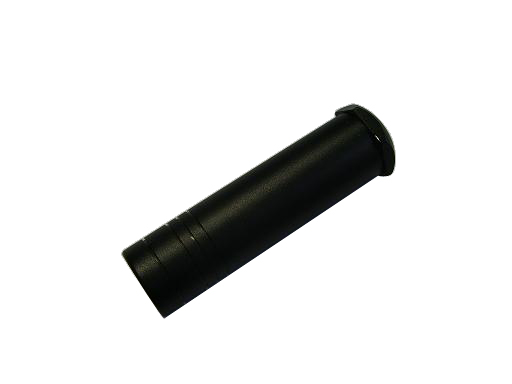
Size: 38x38x120mm
MG 7209
DICHROIC MIRROR
1. The observed stone much be transparent and colorful. And the stone should be wiped clean before the
observation. The light source will be properly choosed:
① You'd better do the observation by facing the white sky toward south.
② White wall or white paper on the desk is better for observation in a bright room.
③ Don't observe the stone under the direct rays of the sun or torch, for it is not clear under the glare of
the light.
④ Don't make the test by facing the clear blue sky, the incidental polarized light from the blue sky would
interfere the process and finally meet with bad results.
⑤ Dichroic mirror can be tested by facing the daylight lamp at night, or a white paper under osram
incandescent lamplight.
2. Turn the mirror slowly, then turn around the stone and change the position if the same color of two
adjacent fields of vision is found. Then, you can conclude the stone is without dichroism on the
condition that the color of two adjacent visual fields is found always the same when the stone's
position is changed much.
3. The dichroism of bowlder cannot be observed, for the bowlder is aggregated with numerous tiny
mineral cystal, and the dichroism will interfere and even counteract with each other.
The followed diagram can be used to distinguish the analogous stones, according to the dichroism of
stones and the different colors resulted from dichroism.
| Dichroism for usual stones | ||||
| Stones with strong dichroism | ||||
| Name of stones | Color | Name of stones | Color | |
| Ruby (including artificiality) | red & yellow red | Blue Topaz | blue & light blue | |
| Sapphire (including artificiality) | blue & bluish green | Orange Topaz | orange & pale yellow | |
| Yellow Sapphire | yellow & yellow white | Chrysoberyl | brown yellow & pale yellow | |
| Green Sapphire | green & olive green | Alexandrite | green & red | |
| Purple Sapphire | purple & violet blue | Tourmaline | dark & tint | |
| Navy blue sapphire | blue & blue white | Zoisite | dark blue & purple | |
| Stones with less dichroism | ||||
| Name of stones | Color | Name of stones | Color | |
| Emerald (including artificiality) | green & olive green | Peridot | olive & pale yellow | |
| Beryl | weak difference in color | Rose Qartz | pink & baby pink | |
| Ziron | weak difference in color | Amethyst | purple & light purple | |
| Stones without dichroism (kinds of colors) | ||||
| diamond, natural or synthetic spinel, kinds of garnets, cubic zirconia, glass, YAG | ||||




